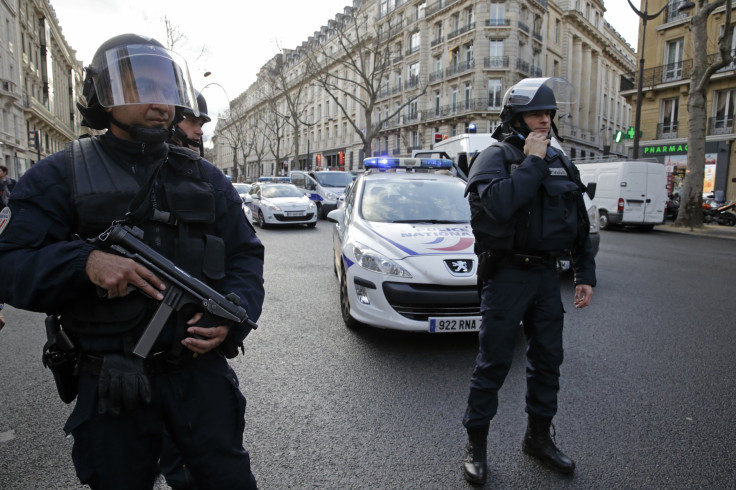Paris Attacks: The Changing Face Of Terrorist Targeting

As simultaneous Paris standoffs ended with the death of three of the four terror suspects on Friday, the murders of 12 people in the Charlie Hebdo office and the taking of hostages in a kosher supermarket raised the specter of a new kind of terror. After decades of attacks targeting skyscrapers, aviation, seats of power and other high-profile targets, are terrorists shifting to a different mode of operation, one in which they go for workplaces, stores and other arenas of everyday civilian life?
While the suggestion that terrorism has evolved from attacking major infrastructure to softer targets is a valid one after Paris, it’s also a difficult question to answer, because of the opportunistic nature of terrorism.
“Terrorist targeting over the years has always been a mix of big and little,” said Brian A. Jackson, director of the Safety and Justice Program at the U.S. think tank RAND, who specializes in terrorism research. “It’s driven by a lot of the planning and logistical complications that small groups face.”
At one point recently, Jackson said, a wave of planned attacks were aimed at military recruiting centers in the U.S. because the impact was high and the target was easy. That mix of attacks, from major operations like 9/11 to simpler assaults with weapons, or even anthrax letters in the mail, is going to remain a feature of terrorism. In short, some perpetrators have plenty of resources, cash and operatives and others simply have a pressure cooker and a grievance.
“Pulling off big events is always more difficult to do,” Jackson said. “And for smaller groups that don’t have the capability to try big things like that, there always have been easy, smaller targets.”
But Dr. Mark Hamm, an expert in terrorism at Indiana State University, says that despite increased security, terrorists will always continue to aim at big targets because they garner greater attention. “All the way from 2001 up until 2014, we’ve seen attacks against federal buildings, airports, power grids, places of worship, abortion clinics and so on, so the events of Paris don’t suggest a major change,” he said.
"Hard targets" are normally protected infrastructure, such as military bases, police stations, government buildings -- whereas soft targets have low security, such as train stations, nightclubs, stores and media offices.
Many American embassies and diplomatic posts in dangerous countries have closed in recent years, suggesting, Hamm said, that a new tactic for thwarting terrorists is to take away their targets. But he noted that does not necessarily influence the way perpetrators think or select their targets. “There may be a trend towards more soft targets, but it’s hard to say overall that terrorists have changed the way they select their targets,” he said.
But what has been clear, certainly in the United States and in Europe, is that terrorists have had to innovate as legislation and advances in defensive tactics make it difficult to replicate traditional large-scale attacks. In the wake of the Oklahoma City bombing in 1995, for example, the U.S. Congress introduced legislation that made the highly explosive chemical ammonium nitrate, often used by farmers and employed in the attack, traceable by incorporating so-called chemical taggants.
Furthermore, in 2008, munitions manufacturer Honeywell, in partnership with the Department of Homeland Security, developed a nitrogen-based fertilizer that would not detonate when mixed with fuel oil, meaning that two of the most popular ingredients for bombmaking were no longer compatible. That kind of innovation has forced terror tactics to evolve in some places. The use of gas cylinder bombs by a jihadi bomber targeting Israelis in Bulgaria, when seven people were killed and 30 injured, is an example of that.
While it’s unclear if the Paris suspects tried to obtain explosives, terrorist groups have still been able to get their hands on them. The 2005 London Underground attacks, which killed 52 and injured 700, used organic peroxide, a highly explosive bleaching agent. In Madrid the year before, affiliate of al Qaeda used a Spanish-made explosive, Goma-2, and dynamite to kill 191 people and injure thousands.
© Copyright IBTimes 2024. All rights reserved.






















